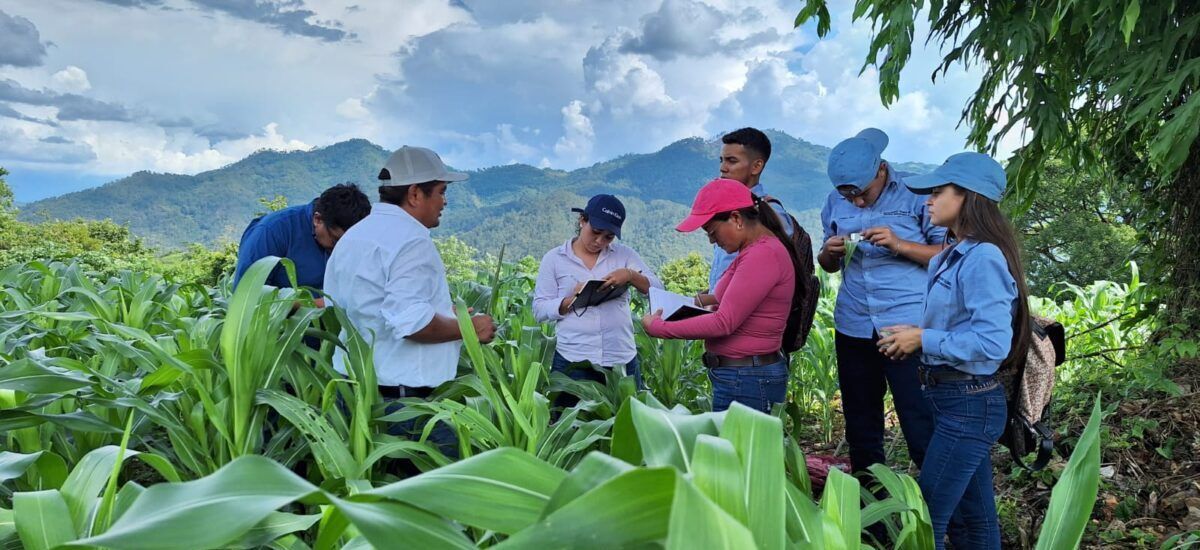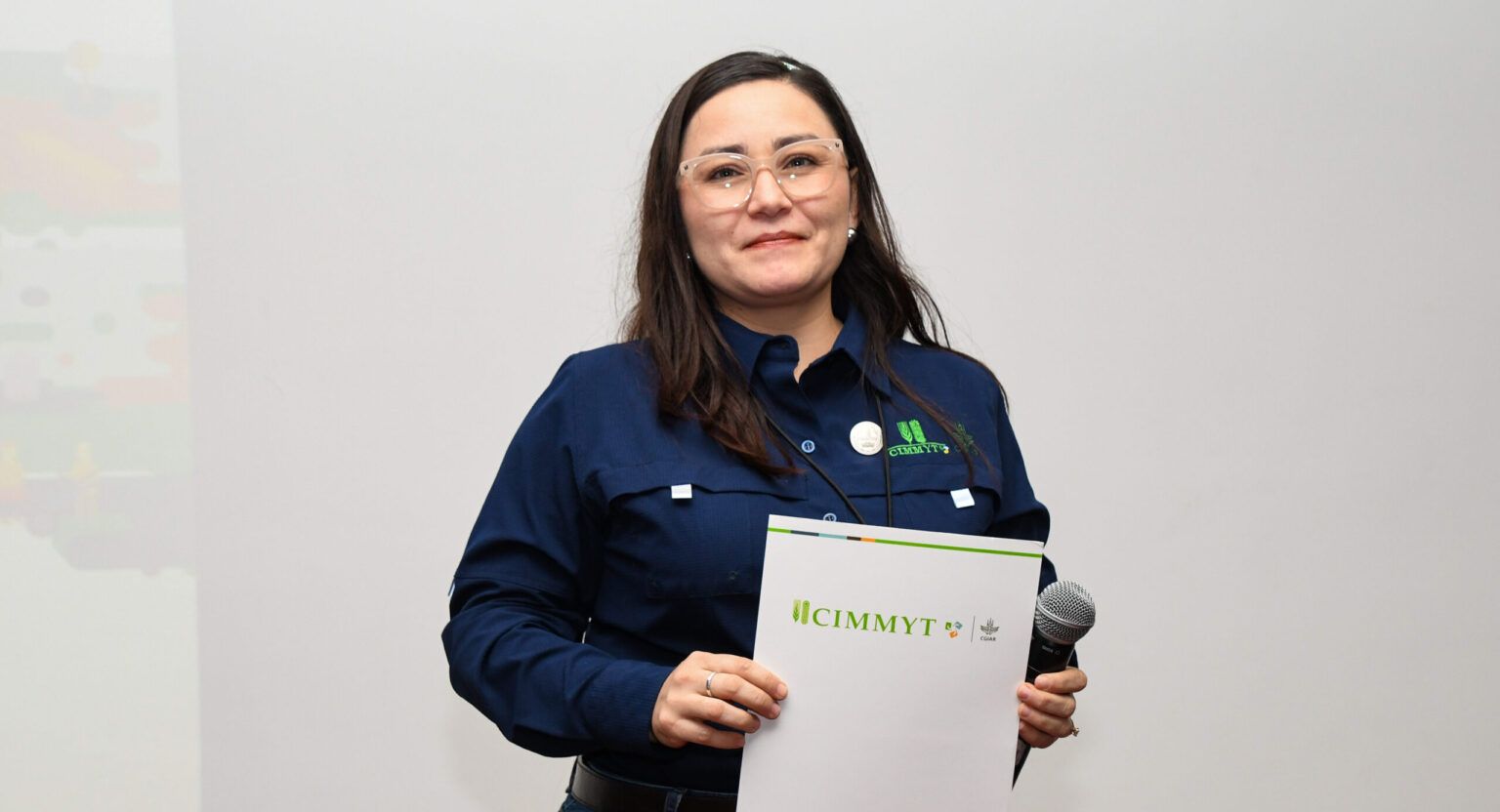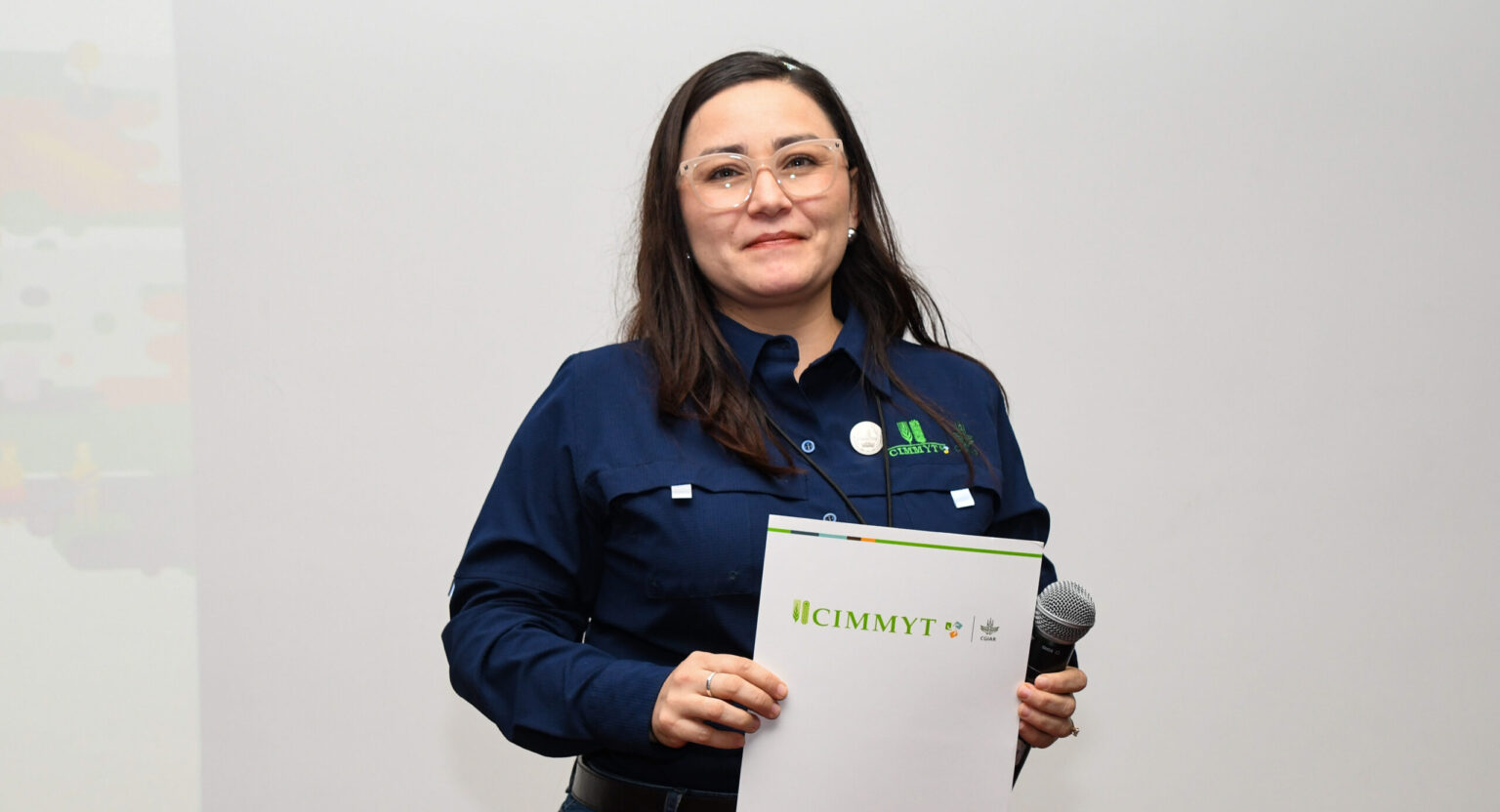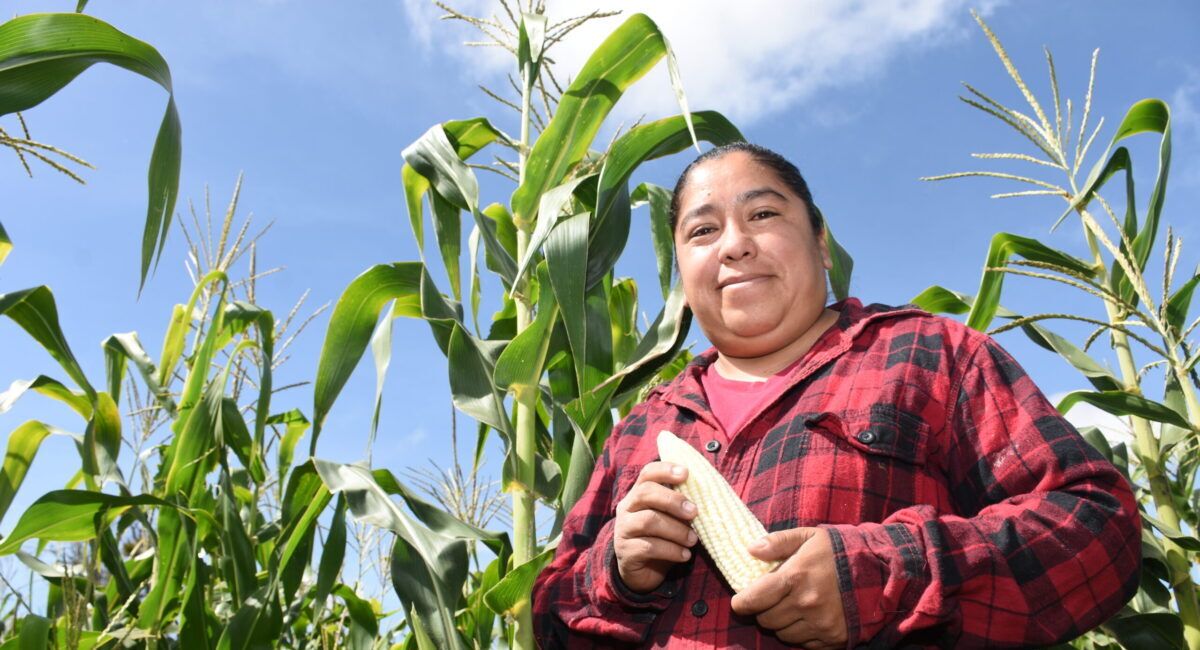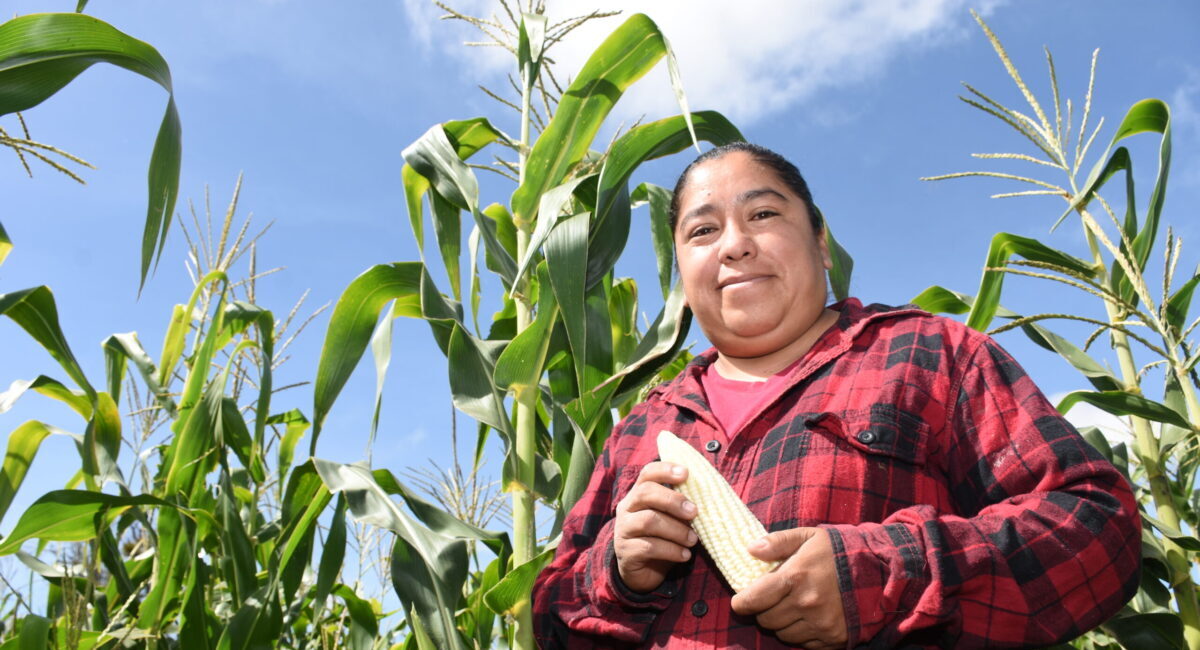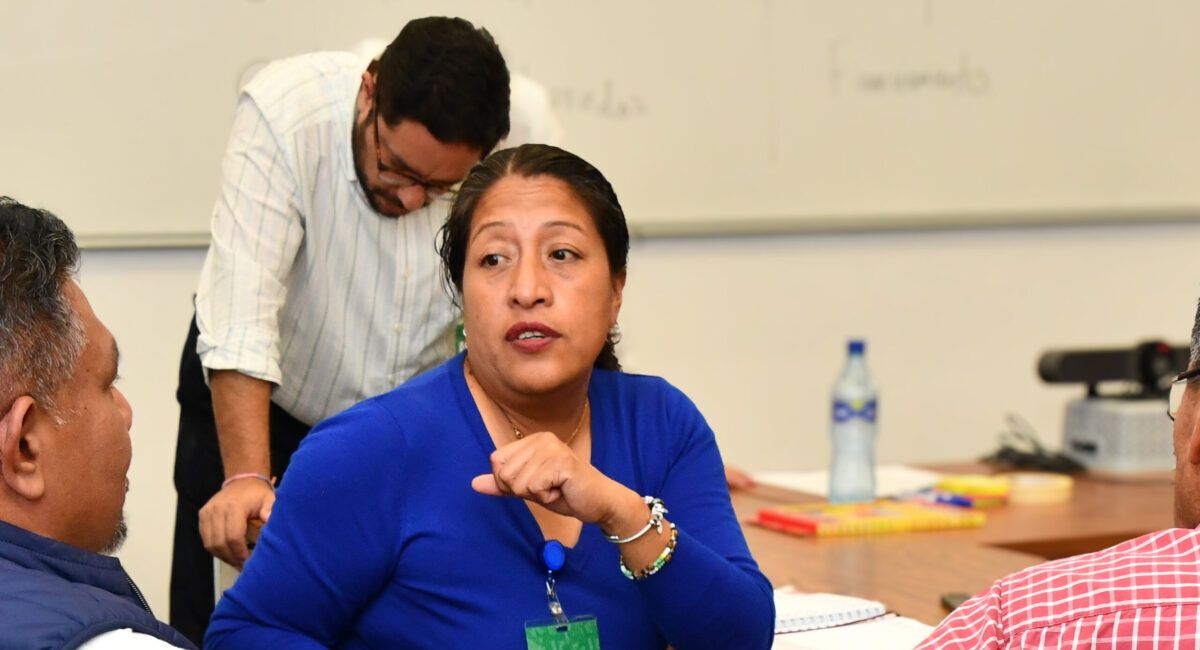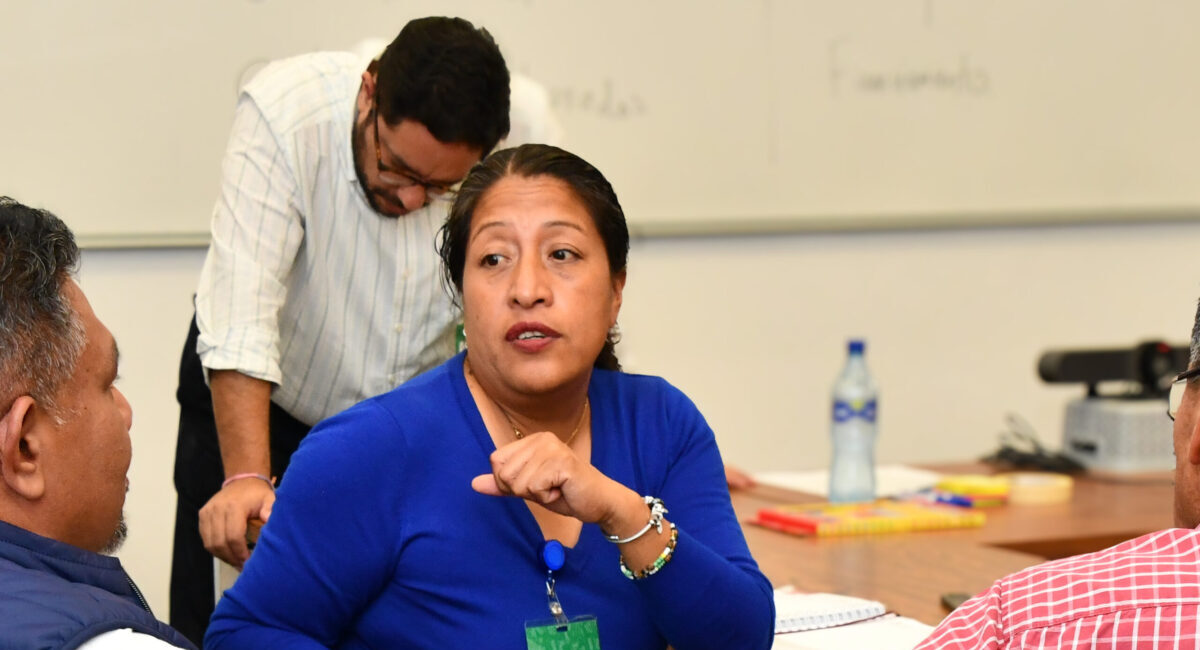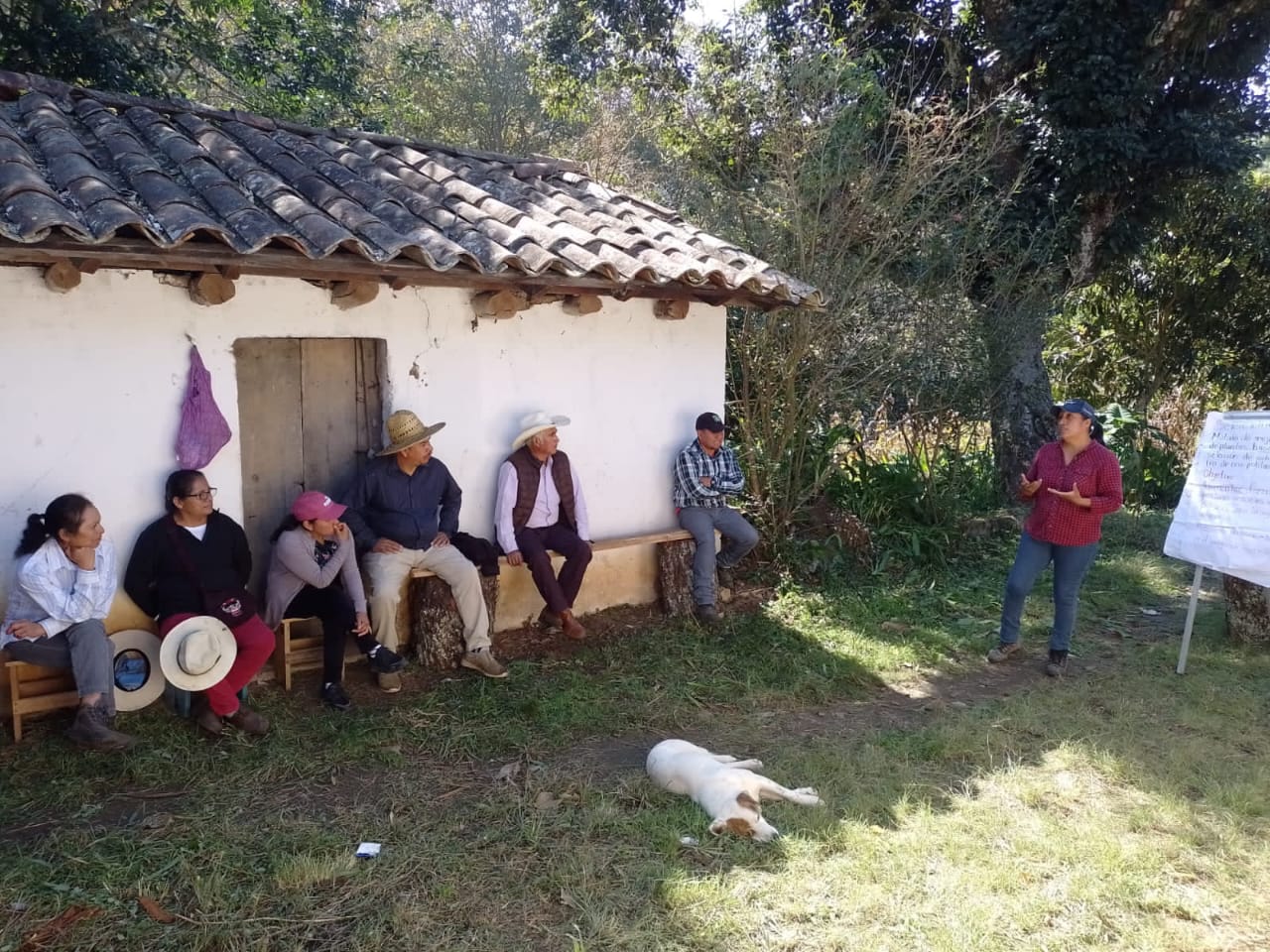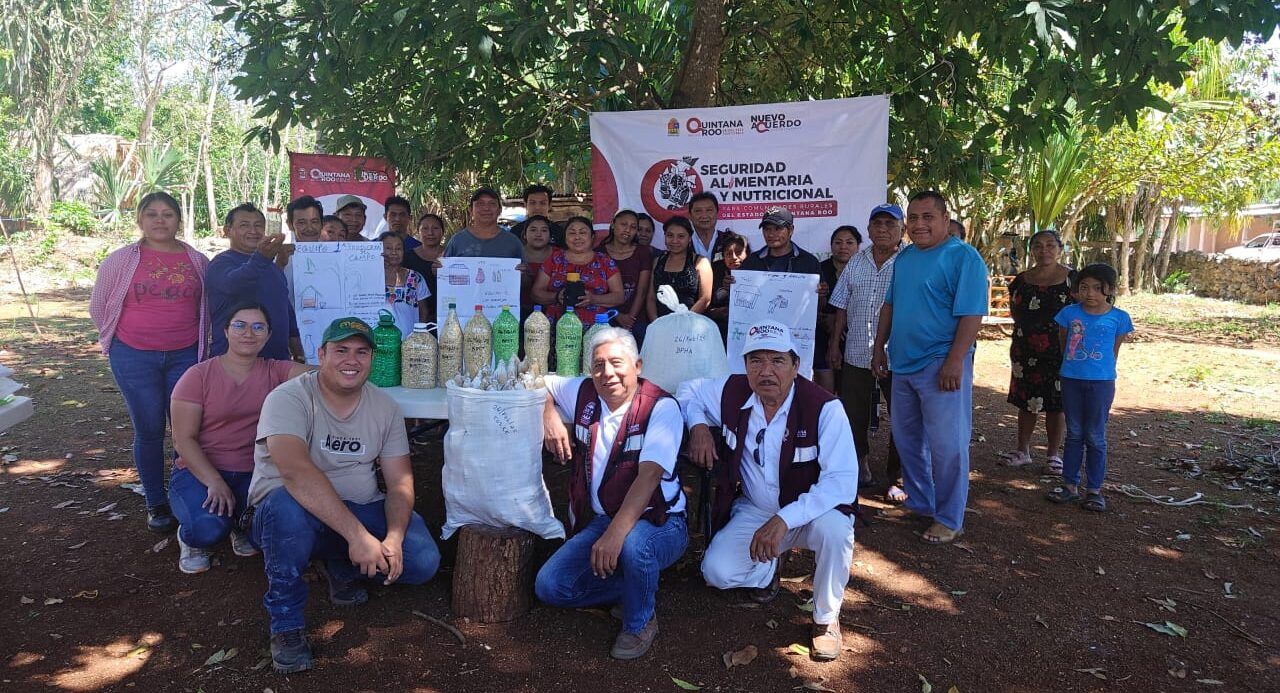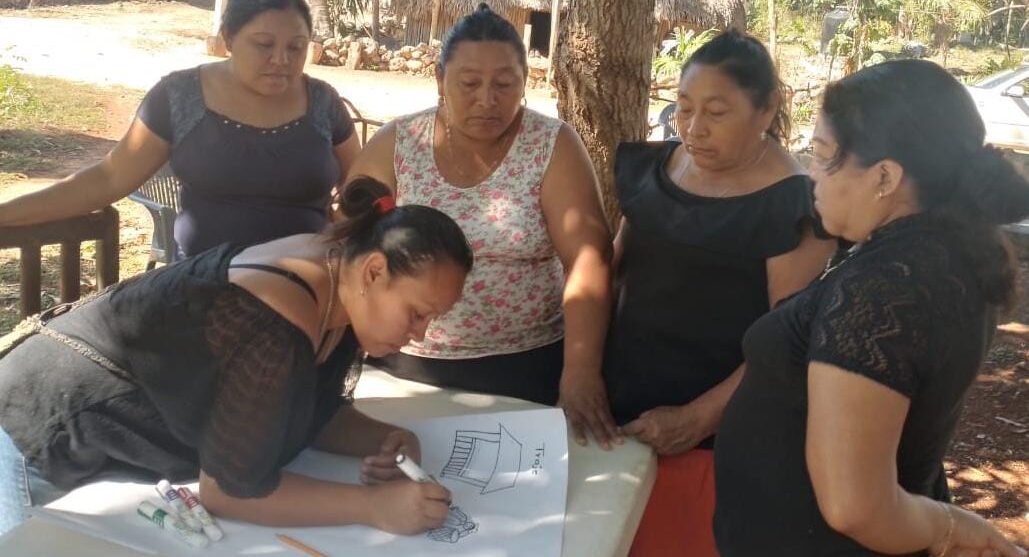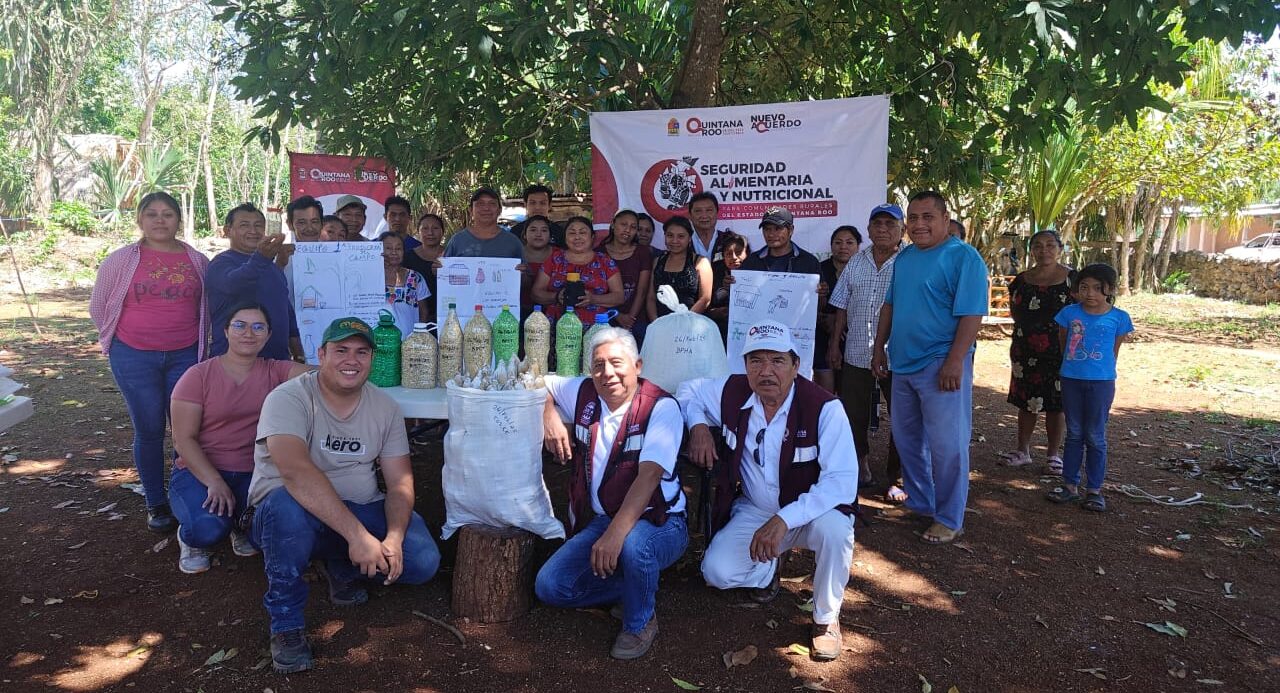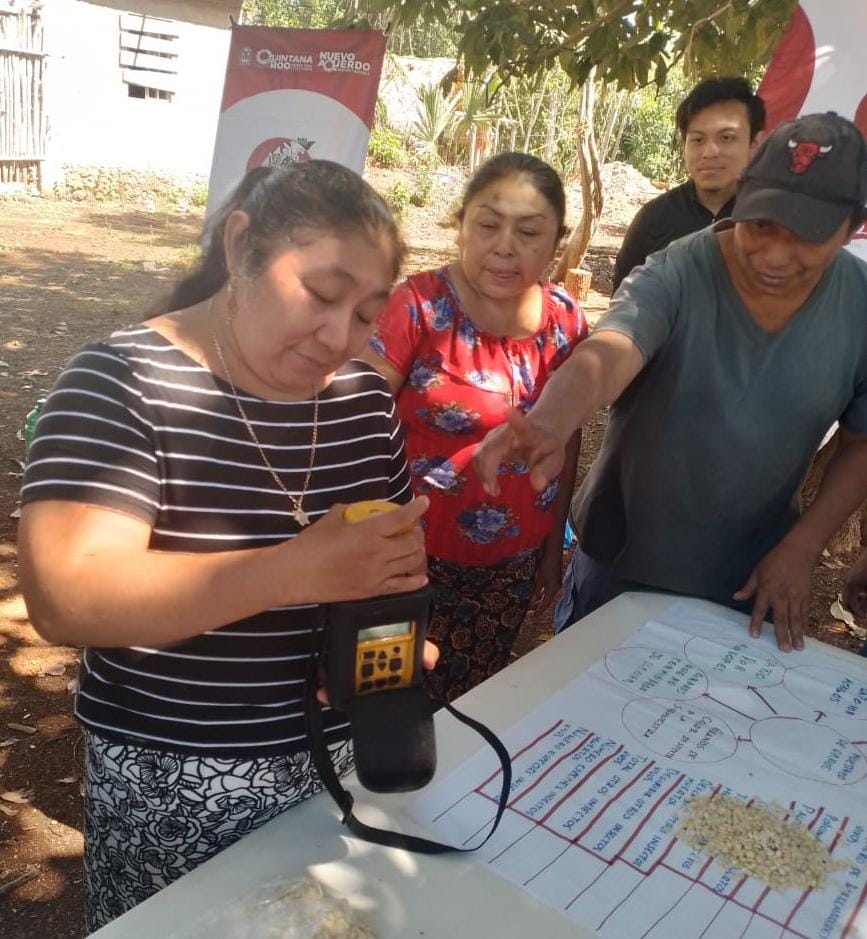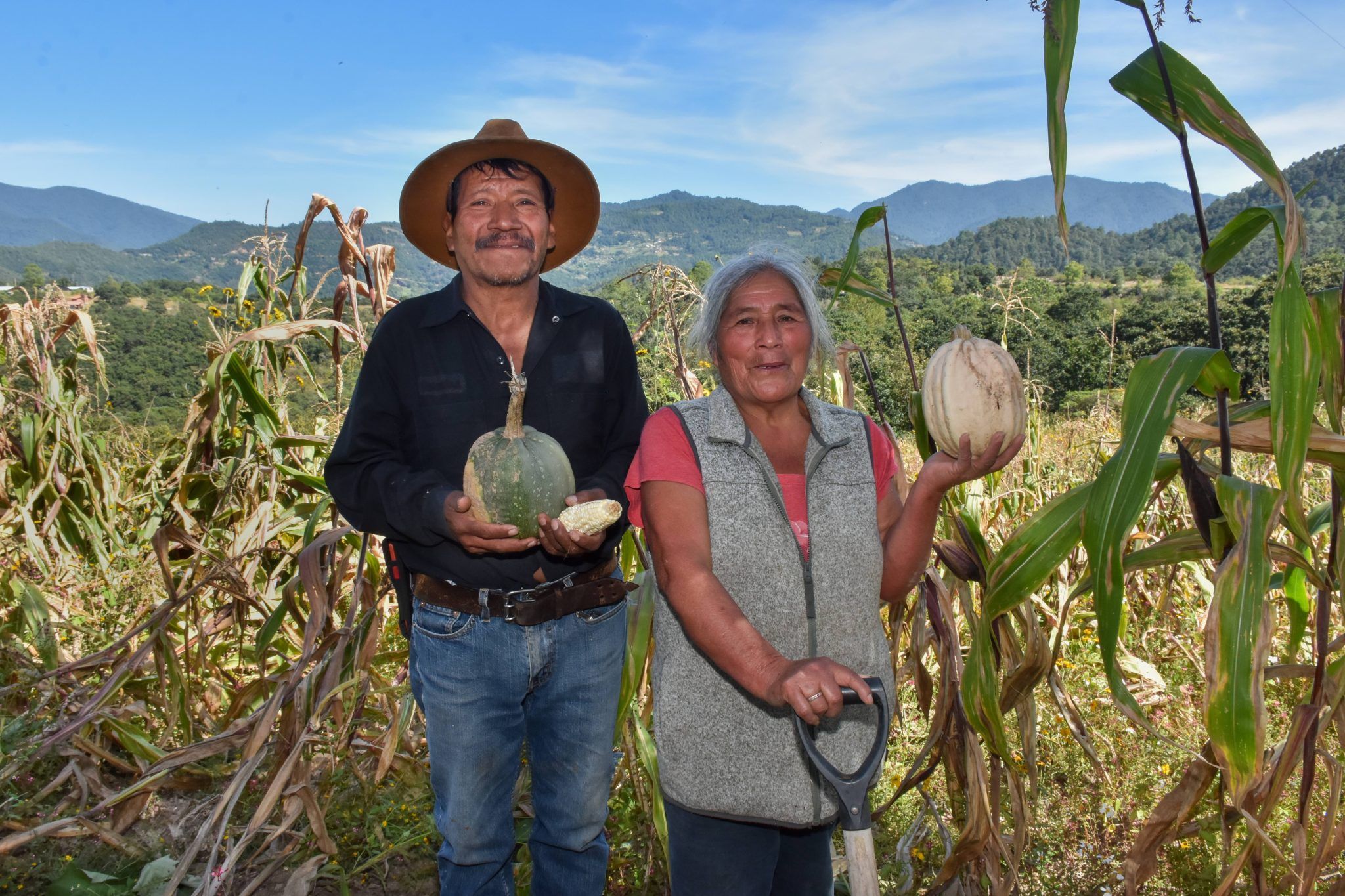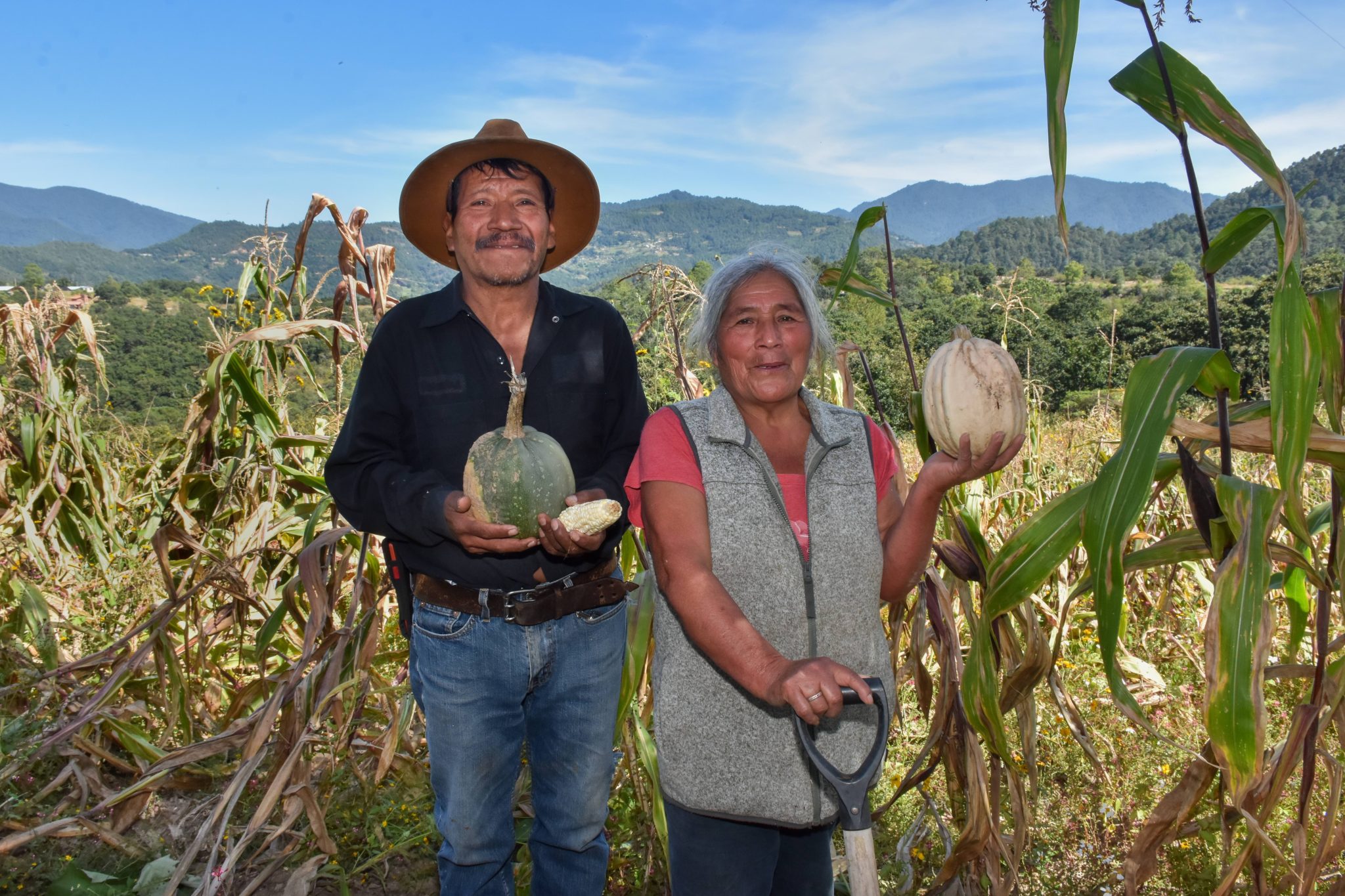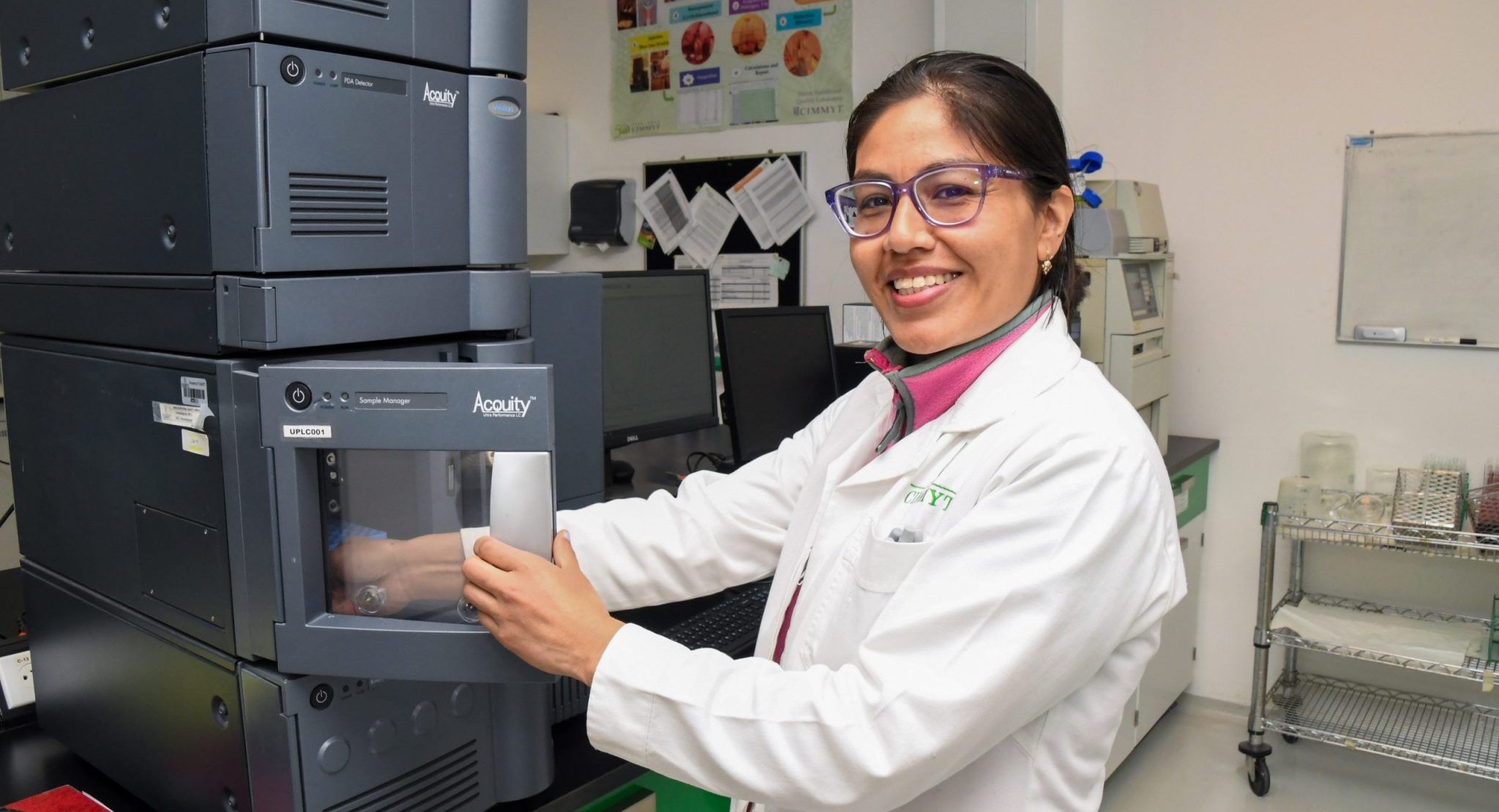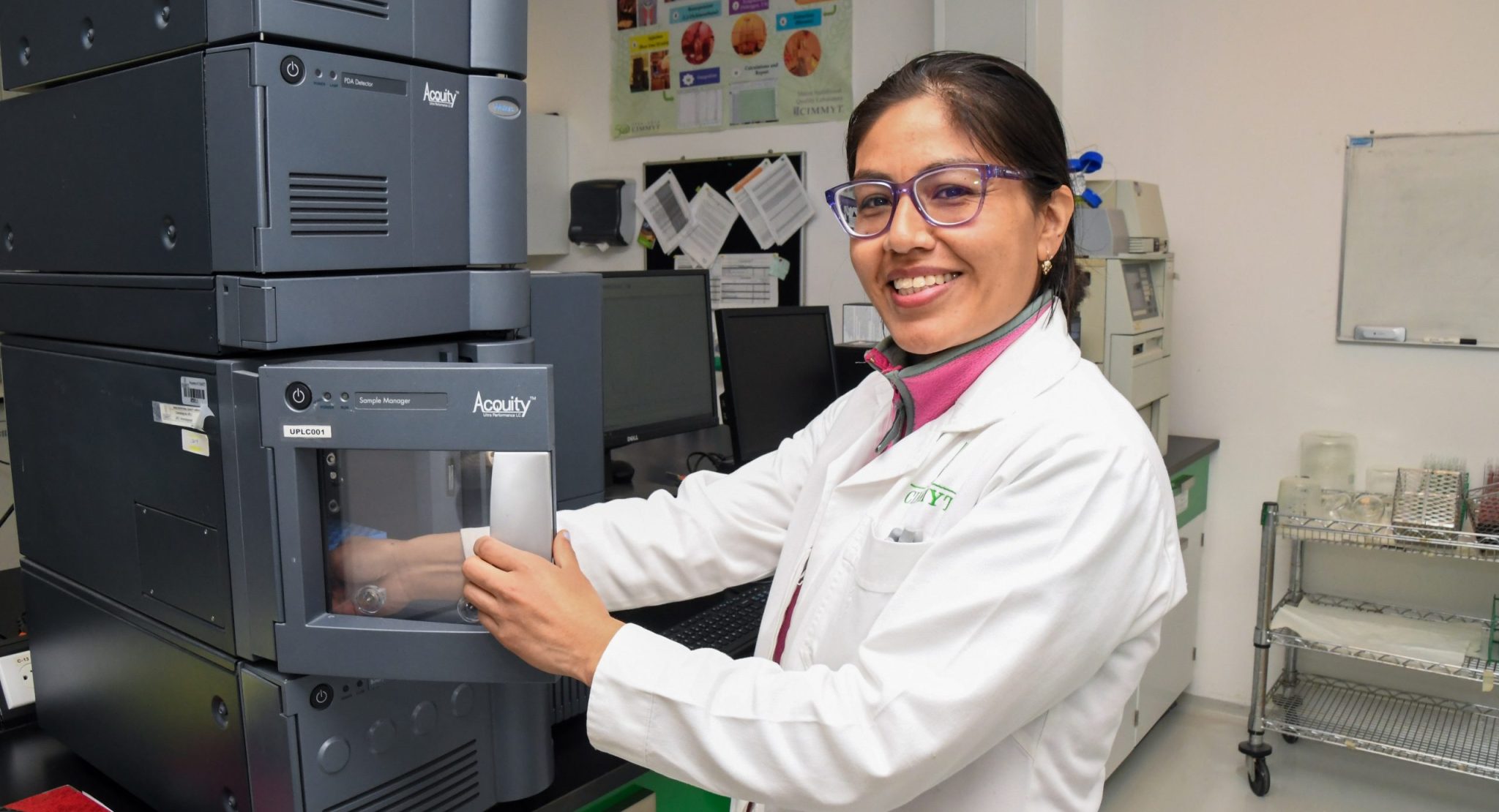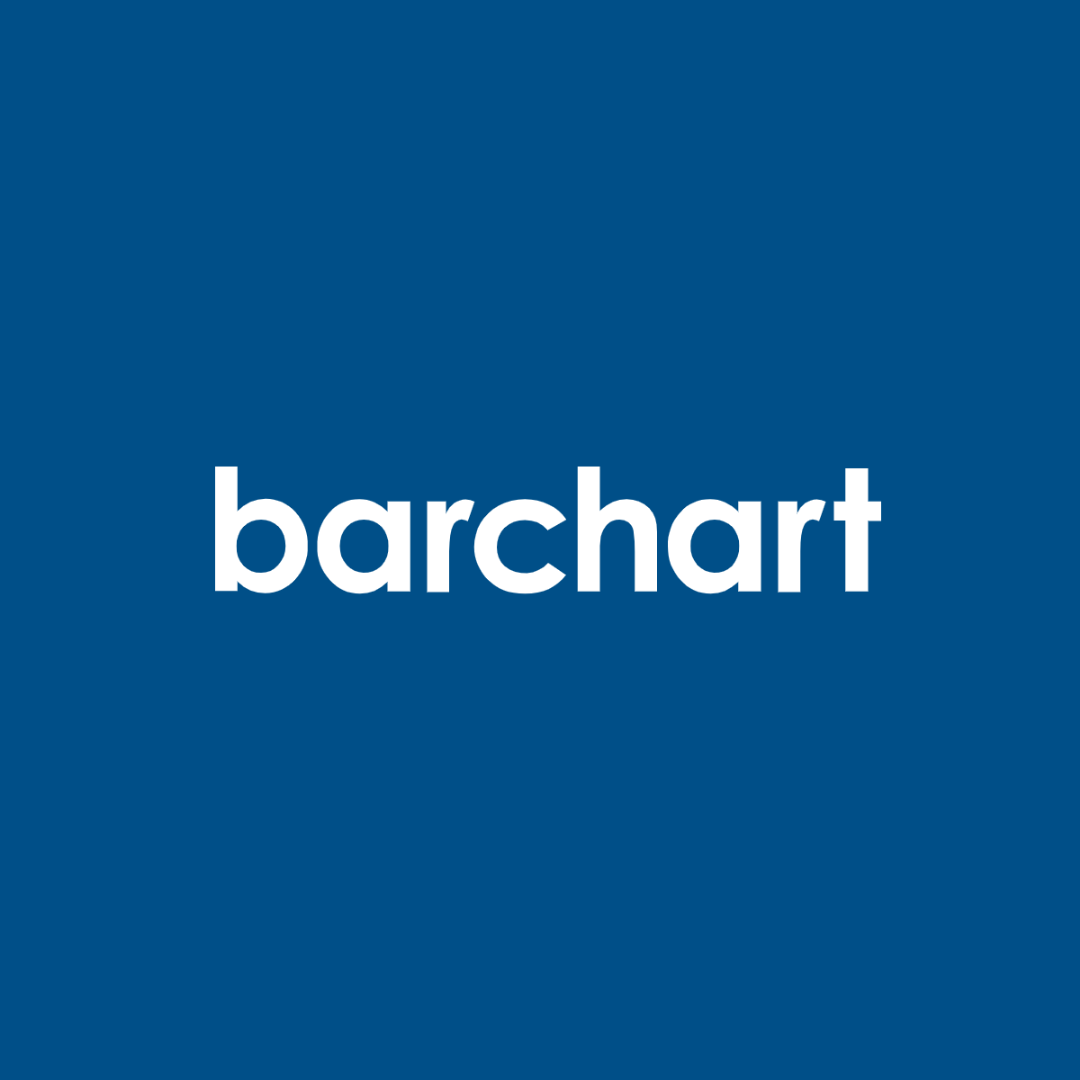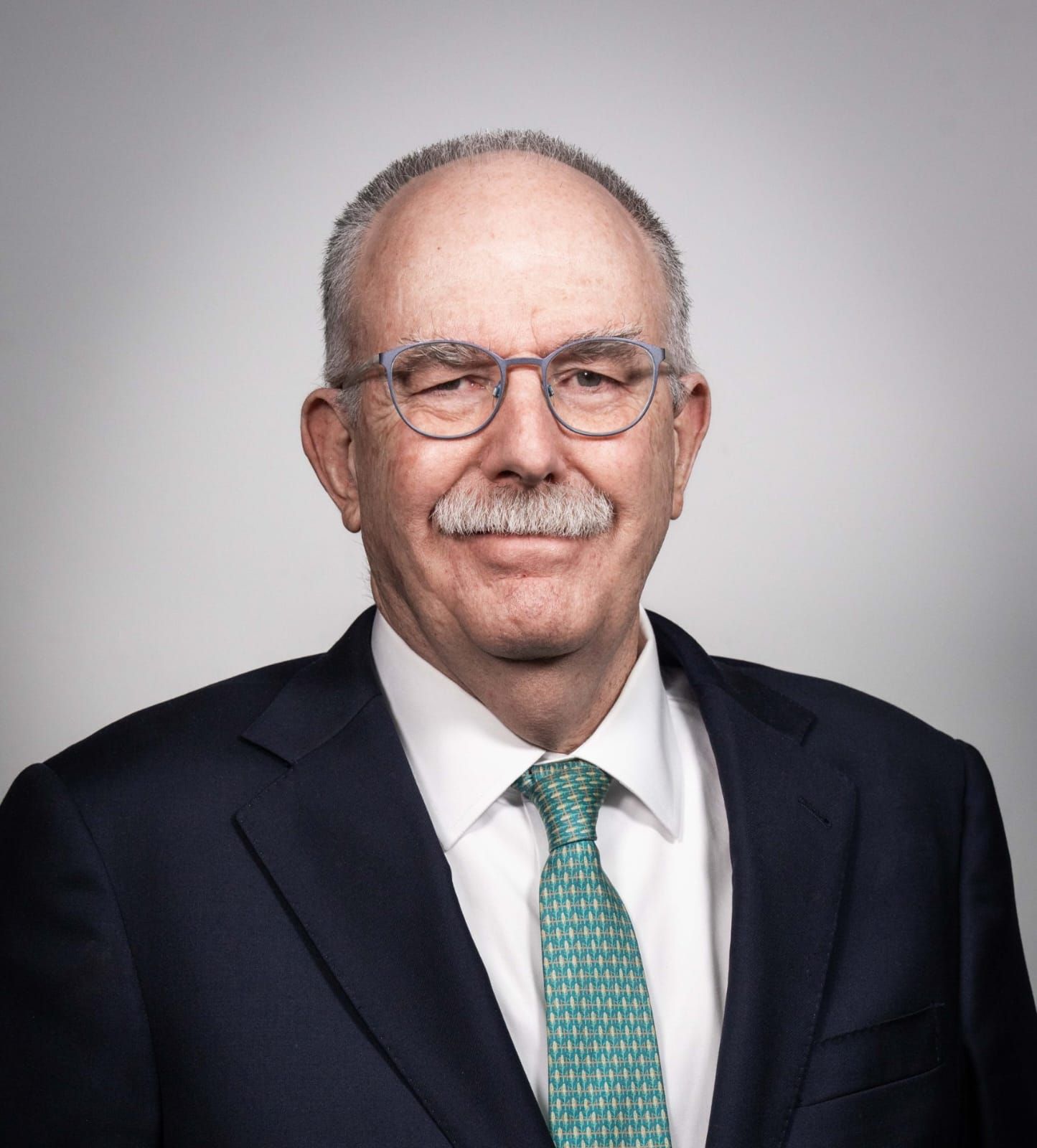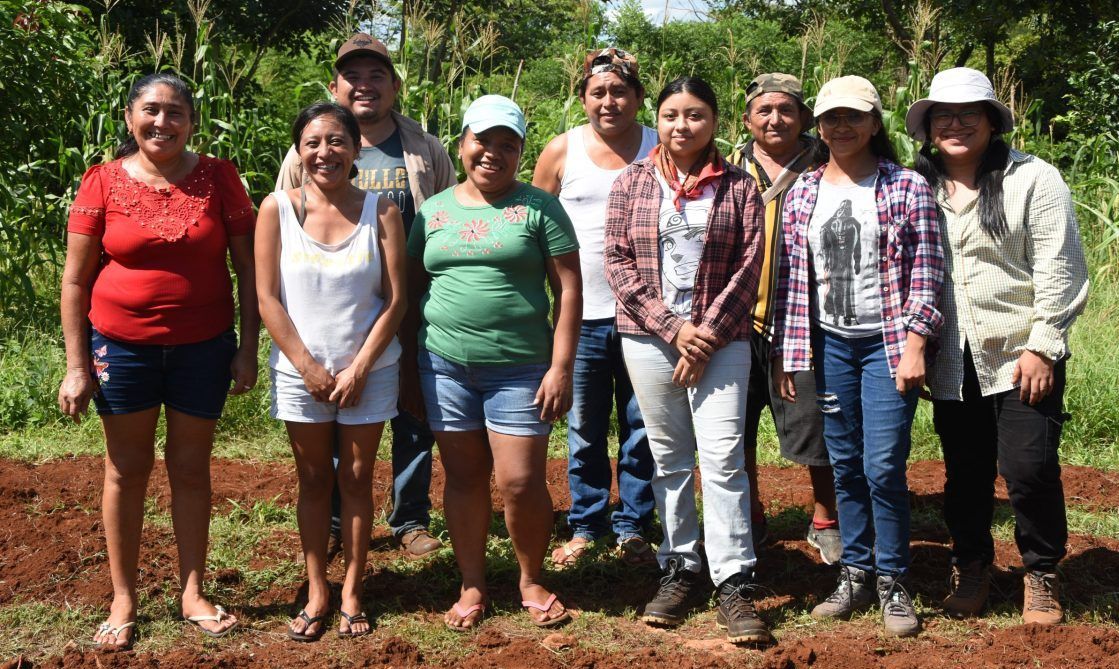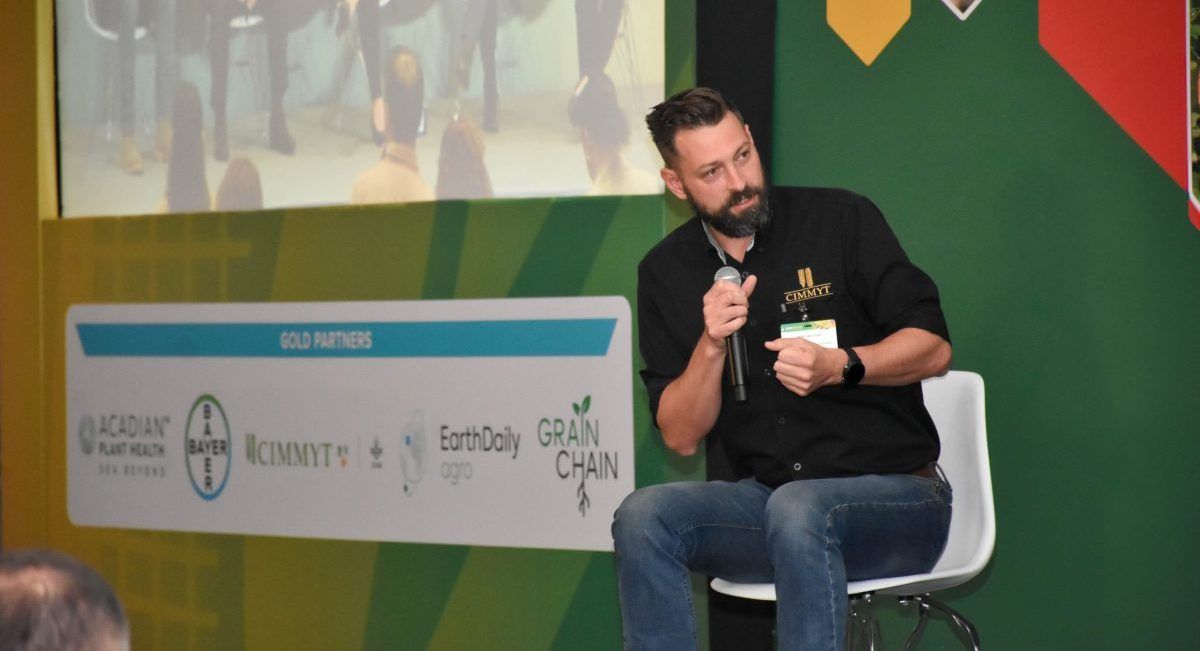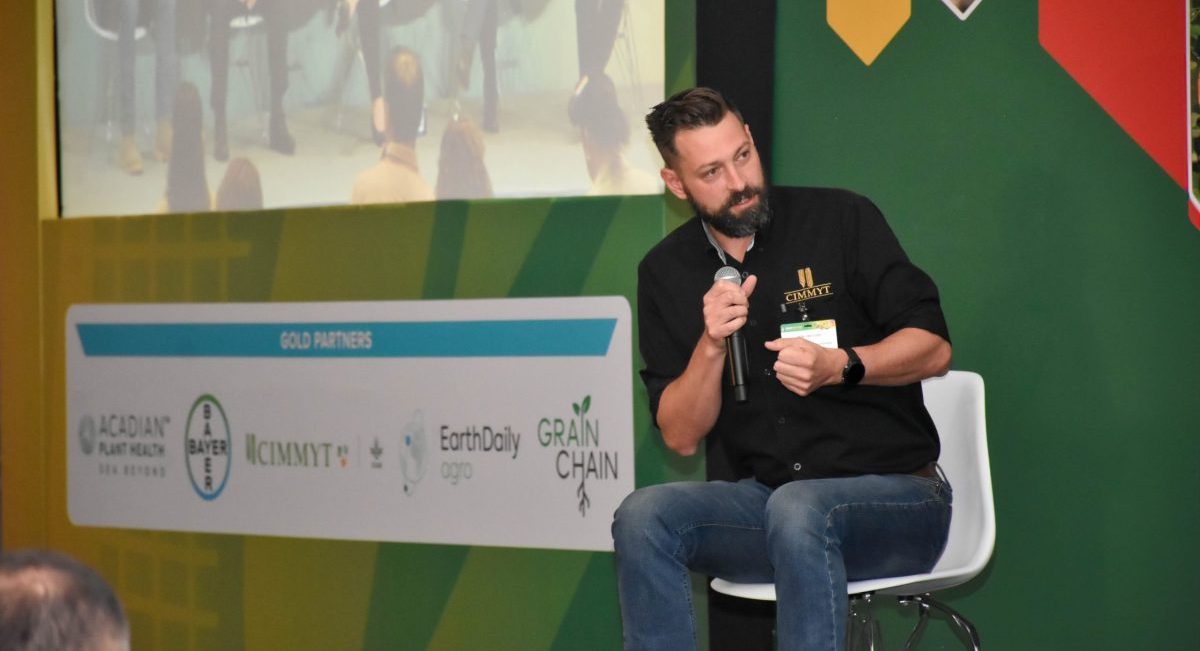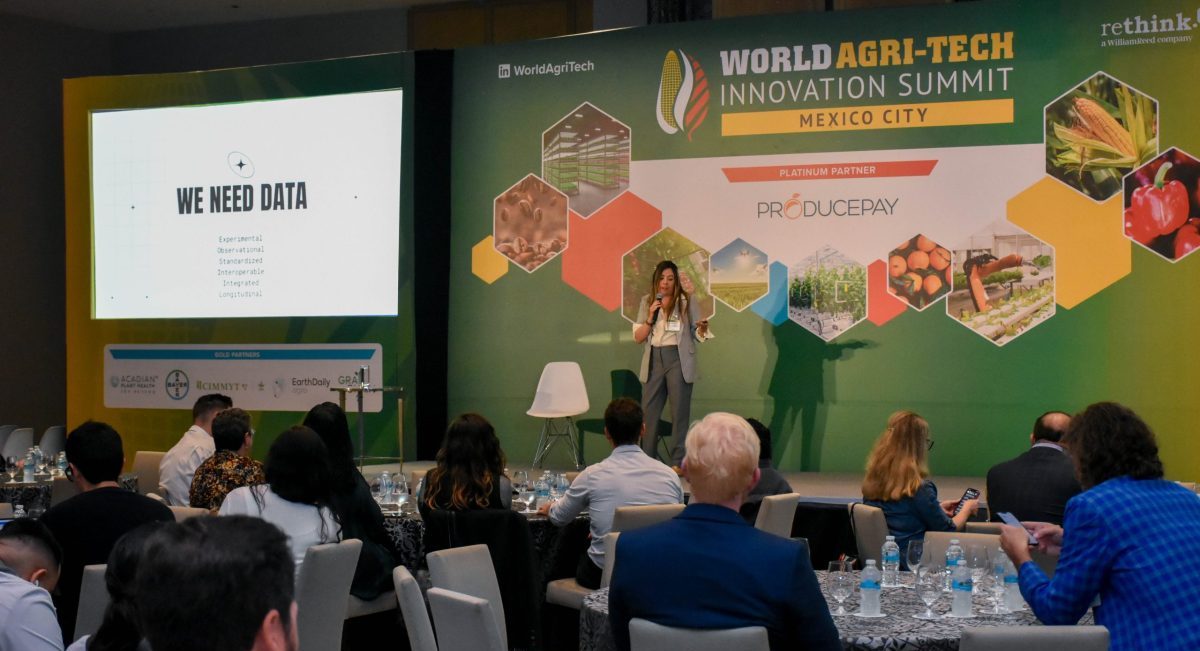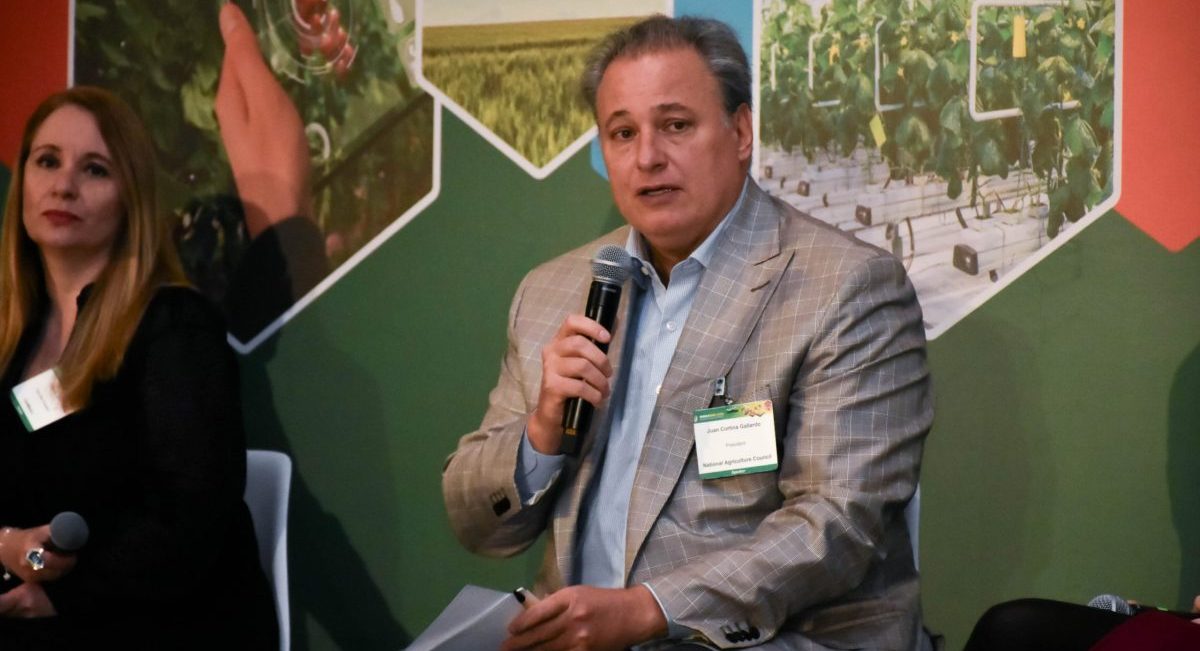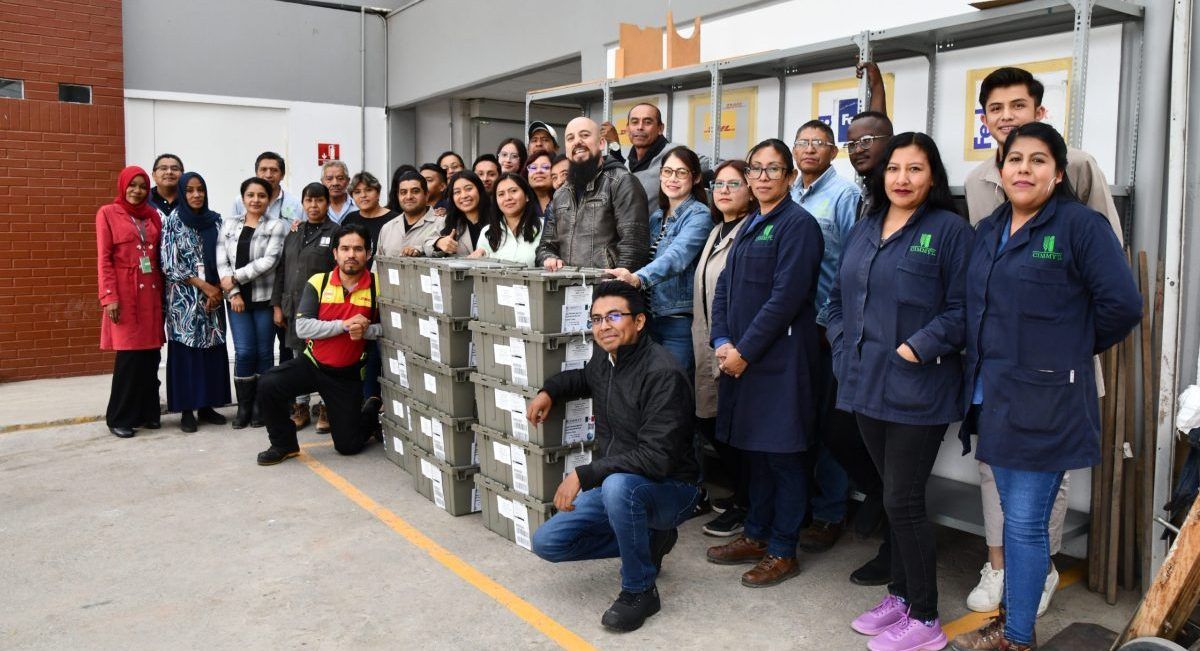Joining Forces to Sow Peace through Multilateralism: CIMMYT’s Global Commitment
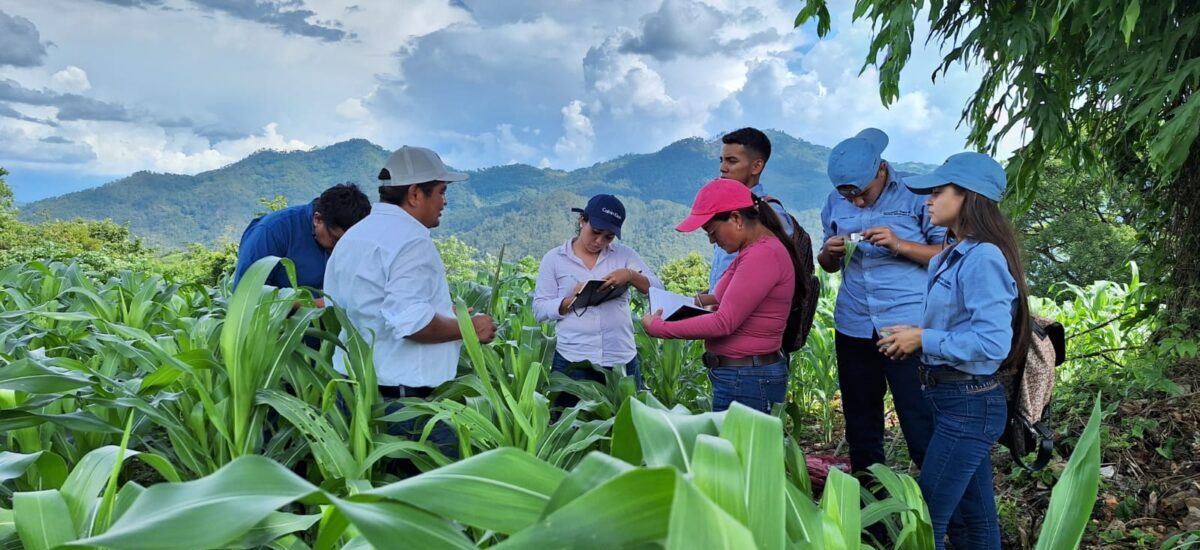
Since our foundation, multilateralism has been a guiding principle of CIMMYT’s mission. We firmly believe that by forging strong alliances among countries, institutions, and communities, we can collectively confront the pressing challenges threatening food security, environmental health, and social cohesion.
From our base in Mexico, we cultivate networks of scientific and technical collaboration to advance agricultural innovations that are tailored to local realities. These solutions strengthen agri-food systems, enabling them to endure climate shocks, economic disruptions, and social crises.
Agriculture for Peace: A Transformative Vision Rooted in Science
A living embodiment of this vision is Agriculture for Peace, an initiative led by the Government of Mexico and supported by CIMMYT’s scientific and technical expertise. The initiative is grounded in a profound yet simple conviction: agriculture—when enriched by both cutting-edge research and the ancestral wisdom of farmers—can serve as a powerful force for social reconciliation, inclusive development, and enduring peace.
Through applied research, technology transfer, local capacity development, and the creation of economic opportunities, Agriculture for Peace seeks to foster resilient, equitable, and prosperous communities. This initiative represents a concrete pathway to regenerate hope—both in Mexico and across borders.
Global Partnerships, Local Impact
CIMMYT’s commitment to multilateralism extends across the globe:
- In Africa, through MasAgro Africa, we adapt successful experiences from Mexico to strengthen the capacities of smallholder farmers in countries such as Malawi, Tanzania, Zambia, and the Democratic Republic of Congo. This work promotes sustainable agricultural practices, boosts productivity, and enhances food and nutrition security.
- In South Asia, we collaborate with partners in India, Nepal, and Bangladesh to transform cereal production systems. Together, we promote climate-resilient farming methods that improve both yields and livelihoods.
- In Latin America and the Caribbean, we advance the AgriLAC Resiliente initiative to foster inclusive innovation, scientific collaboration, and policy engagement that address the dual threats of climate change and rural inequality.
A Legacy of Listening and Action
Over the course of six decades, CIMMYT has learned that transformation begins with listening. Our founder, Dr. Norman Borlaug, understood the importance of hearing the world’s crises—and responding with science, innovation, and international solidarity. His legacy compels us to continue listening closely to today’s challenges and co-creating solutions that are rooted in cooperation and driven by evidence.
Today, as the world confronts compounding global crises, the need for unity, dialogue, and action has never been more urgent. At CIMMYT, we call for renewed and strengthened alliances to holistically transform agri-food systems—merging scientific excellence with the time-honored knowledge of farmers.
Because by doing so, we do more than cultivate crops:
We sow resilience, sustainability, and shared prosperity.
Agriculture for Peace is our collective opportunity to sow transformation, regeneration, and hope.
